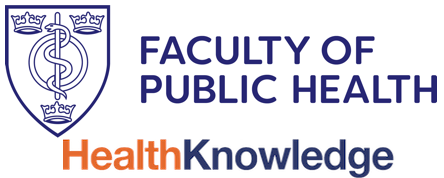Environment Index
Author: Dr Paul Wilkinson, 2009, revised by Helen Crabbe and Rebecca Close (2016)
Use the table of contents below to find a particular chapter, or click on the first chapter to begin. You can move backwards and forwards through the chapters/sub-chapters using the links at the bottom of each page. You can also jump back to the table of contents at any time clicking the "2f - Environment" link at the top of the window.
